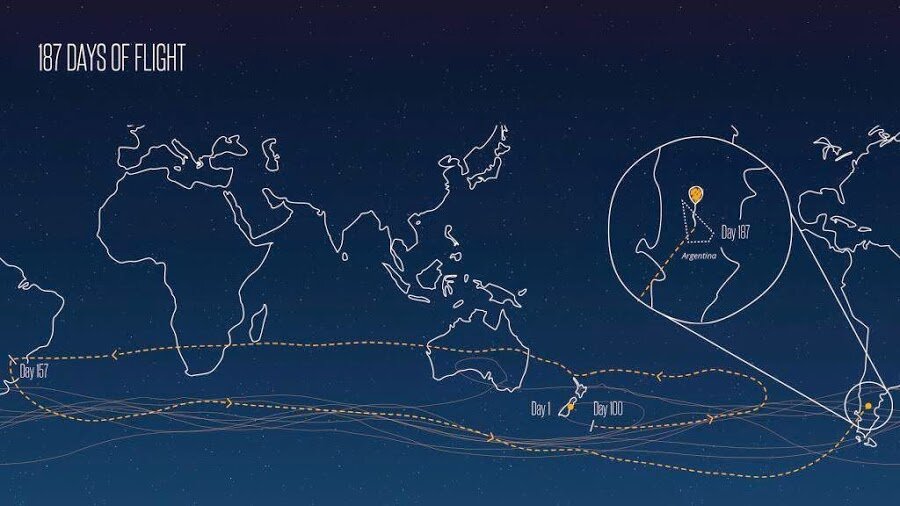Project Loon: How Google's Wi-Fi balloons could be a billion-dollar business
Loading...
Google has made a pretty penny out of monetizing everything from search engine ads to education apps. What is its next billion-dollar idea?
Balloons.
And to be exact, Google estimates it’s a $10 billion idea.
Remember Project Loon? About four years ago Google revealed a series of massive balloons that could be used to blanket hard-to-reach areas with Wi-Fi coverage, connecting huge swaths of unconnected regions to the Internet. Though an interesting concept, many thought it would remain in the mysterious shadows of Google X's moonshot projects. But now, it looks like Google is ready to get the project off the ground in a big way.
It has come to light that Google’s Project Loon balloons can stay up in the air for up to six months, which is enough proof of durability that telecoms are starting to pay attention. According to The Verge, which got a behind-the-scenes look at the tech, Google is working out Loon deals with several networks around the world.
Right now, Google is focusing primarily on the southern hemisphere, which is less densely populated and less likely to have solid Internet. Using readings from the US National Oceanic and Atmospheric Administration, the balloons read wind currents and hop onto the one that will lead them to where they need to go. Loon has received interest both from developing and developed nations – Mike Cassidy, head of Loon operations, points out that the balloons could be used after natural disasters knock out power and cable lines.
So far, balloons have been able to travel from New Zealand to Latin America to Australia, and successfully transmitted Internet along the way.
Internet for all? A profitable idea for Google, who already controls 88 percent of the search market worldwide. Google estimates that if 250 million people (about 5 percent of the total people worldwide without Internet access) paid $5 per month for the service, Google could bring in tens of billions of dollars per year.
Of course, that is not taking account for operating costs, or the fact that $5 per month is pricey for many people in the developing world who remain without Internet.
But Google has proved one thing with the recent Loon news. There are a lot of people that aren’t yet connected, and Google is determined to get them online even if it means getting into the balloon business.








